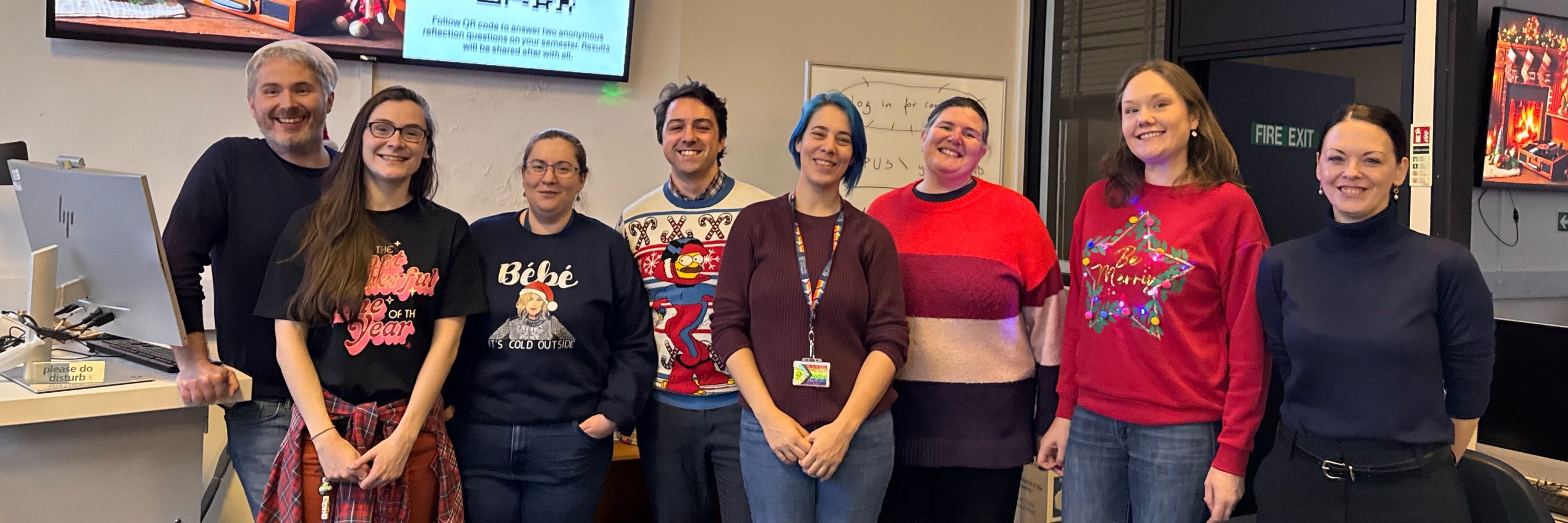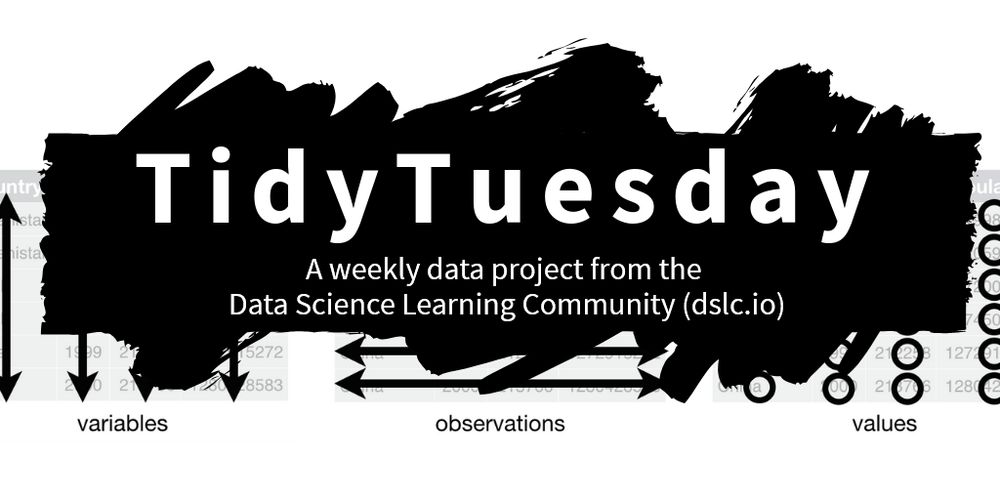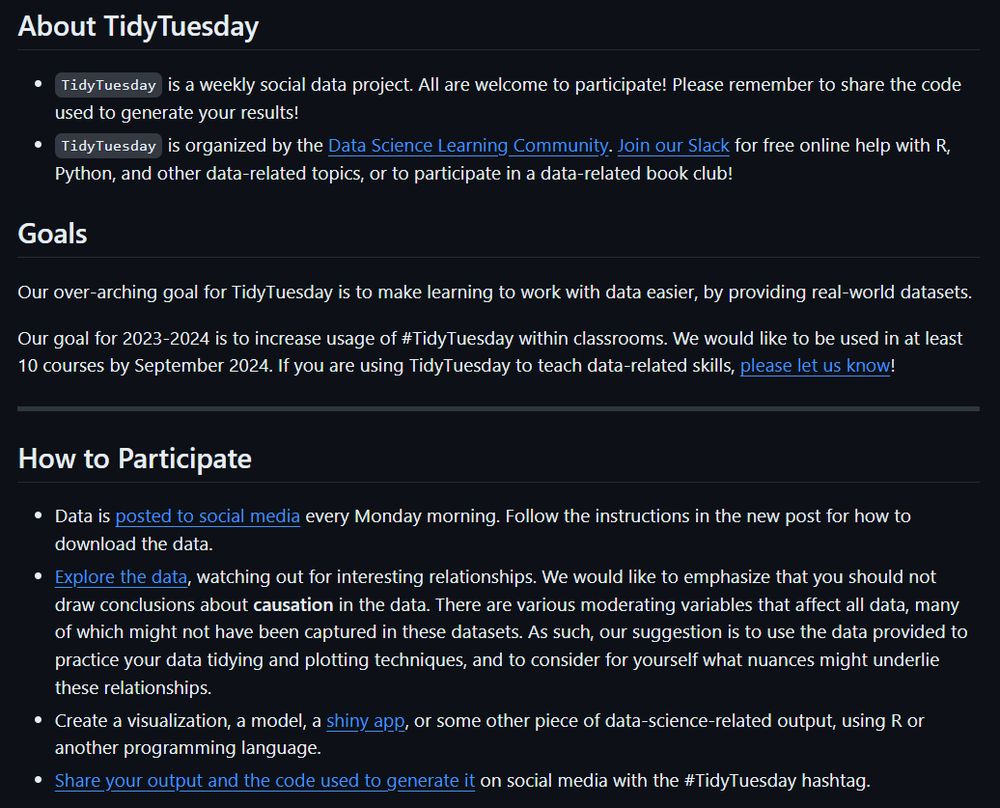James Bartlett
@bartlettje.bsky.social
960 followers
520 following
250 posts
Psychology lecturer at UoG 🏴
All things data skills, statistics, quant research methods, and HE pedagogy. #rstats
🗣️🇬🇧🇩🇪
Posts
Media
Videos
Starter Packs
Reposted by James Bartlett
Reposted by James Bartlett
Reposted by James Bartlett
Reposted by James Bartlett
Reposted by James Bartlett
PsyArXivBot
@psyarxivbot.bsky.social
· Sep 8
Reposted by James Bartlett
Jenny Terry
@jennyterry.bsky.social
· Sep 8
Reposted by James Bartlett
Reposted by James Bartlett
James Bartlett
@bartlettje.bsky.social
· Aug 27
Reposted by James Bartlett
James Bartlett
@bartlettje.bsky.social
· Aug 22
James Bartlett
@bartlettje.bsky.social
· Aug 20
James Bartlett
@bartlettje.bsky.social
· Aug 20















